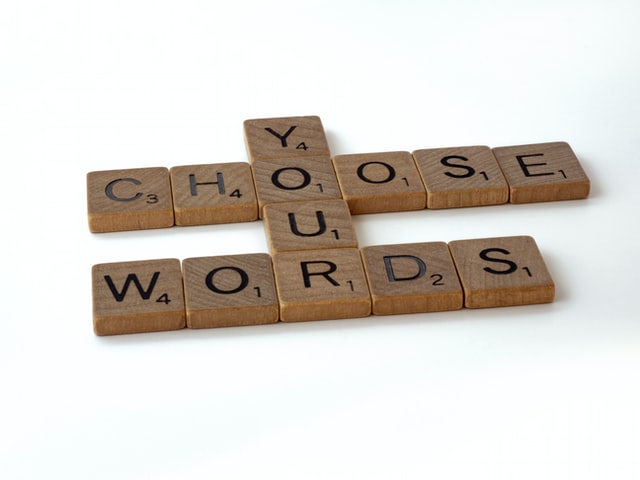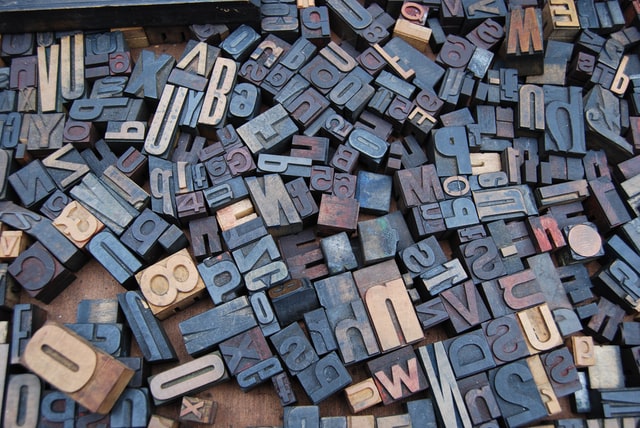As far as grammatical rules are concerned, the difference between “that” and “which” is by far not the most controversial. It’s not about using a preposition to end a sentence, or any of those other spelling and grammar rules that no one can agree on. But there is still a chance that you may have used these two common words incorrectly.
A relative clause is a type of clause that expresses the person or thing to which the speaker refers. Basically, we use who, whose, whom, that and which in relative clauses. But why do many people not know how to differentiate when to use that and which? In the following article we tell you all the secrets.
Rule for using that instead of which

That’ is a relative pronoun that identifies a specific person or thing referred to by the speaker. It is usually used with singular nouns.
When we write sentences with relative clauses, we use ‘that’ to provide more information, which elucidates the antecedent in the main clause. Now we will talk about how to use “that” in our sentences:
– As a determiner, it is used to address a person or thing that is not in contact with the speaker:
Elly sold that house in which she used to live in New York. Elly sold the house she lived in in New York.
– As a determiner, it can also be used to refer to something that has been mentioned previously, to imply a comparison:
These spectacles are better than that. These glasses are better than those.
– As an adverb, it is used to speak of degree or extent:
The medicine is not that important for me. Medicine is not that important to me.
– As a conjunction, it introduces a clause that expresses additional information about the subject:
Maria accepted that it was her fault. Maria accepted that it was her fault.
Rule for using which instead of that

‘Which’ is an interrogative pronoun, that is, a word used to ask or seek information about one or more persons or objects in a given set. In addition, ‘which’ is also used to refer to something that is already specified to institute a clause to provide additional information incidental to the main clause. Now, let’s look at the points below to understand their uses:
– It is used to ask questions where there is a specified set of answers:
Which book is mine? Which book is mine?
– It is also used to decide between several options:
Which dress would you like to wear to the party? What dress do you want to wear to the party?
– It is also used to add specific information to the main clause, which is followed by a comma:
Today’s weather is great for a long drive, which is our favourite thing. The weather today is great for a long drive, which is our favorite thing to do.
Main differences between that and which
– The pronoun “that” is mainly used to indicate something or someone that is not in direct contact with the speaker. It can also be used to add a clause to the main clause, in order to increase its meaning. In contrast, “that” is an interrogative pronoun that can be used to formulate questions that have a limited or fixed answer. It can also be used to add a clause that only adds information but is not relevant to the main clause.
– In terms of usage, “that” is used to institute an essential/restrictive clause. An essential clause is one that adds some important information with respect to the subject of the sentence. In contrast, a non-essential/non-restrictive clause is introduced with ‘that’, i.e. it only adds complementary or incidental information.
– We use “that” to refer to people or things, while we use “which” to refer only to things.
The best way to understand the difference between the two is to practice with grammar exercises. And what better way to do this than to sign up for an intensive English course?

